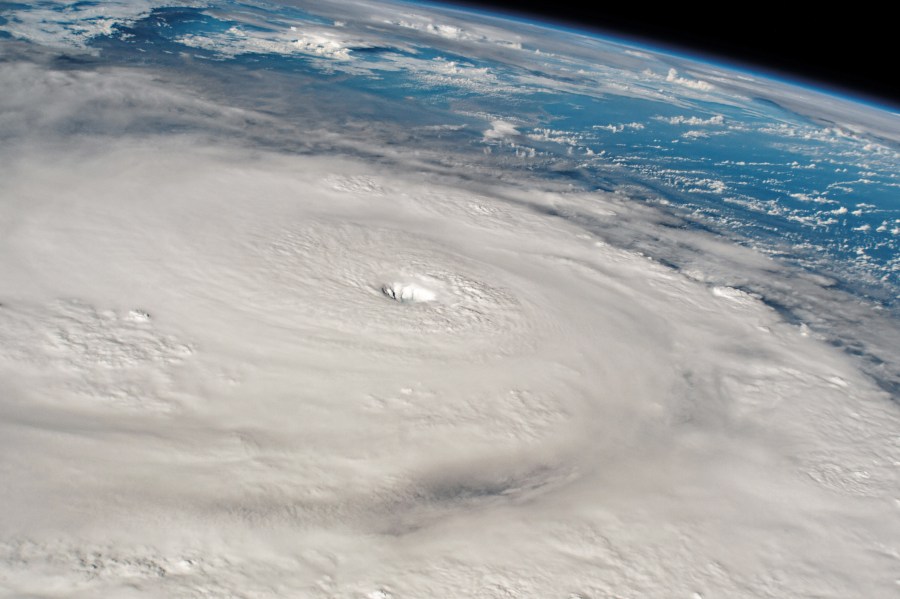TAMPA, Fla. (WFLA) — It’s not just satellites tracking tropical activity from above – astronauts onboard the International Space Station use their bird’s eye view to aid researchers on the ground.
NASA Astronaut Jeanette Epps joined the Tracking the Tropics team virtually from over 250 miles above the Earth’s surface to talk life in space and what tropics look like from her point of view.
Epps documented major Hurricane Beryl as it approached the Caribbean. ISS crew members participate in Crew Earth Observations where they photograph the Earth for researchers at home and to monitor disaster relief efforts. It’s a tradition that dates back to 1961.
“It was massive,” Epps said of Beryl. “You could tell it was powerful and likely to do some damage, seeing it from here.”
The ISS circles the globe every 90 minutes, giving astronauts plenty of chances to observe the storm as it made its way toward the Gulf of Mexico.
“We can see the storm before it hits, while it hits and after it hits,” Epps said. “You could clearly see, once it hit the Caribbean, that it dissipated a little bit and was actually a little smaller in size.”
Though Beryl would go on to make landfall in the U.S. as a weaker hurricane, it still had big impacts in coastal Texas and the Houston area.
“It is interesting seeing things from this vantage point, but knowing the devastation on the ground is always heart wrenching,” Epps said. “Especially in Houston, where I have friends who have suffered some loss because of it.”
The tropics have quieted down since then, thanks in part to large Saharan dust plumes coming off the coast of Africa and stretching across the Atlantic. The blanket of dry air, dust/debris and strong winds makes conditions unfavorable for storms to form.
These Saharan dust plumes are so expansive that they are visible from space.
“Before I realized it was the dust that we were seeing, some of my images would come out looking kind of hazy, blurry, and I couldn’t figure out what was going on until I looked out there again with the naked eye,” Epps said. “You can see clearly that it’s hazy because there’s a plume of dust there.”
While our Tracking the Tropics team tracks weather on the Earth’s surface, the ISS crew experiences weather of their own. Solar storms – the same ones that cause the colorful auroras we see from the surface – also pass the space station in its low-Earth orbit. Epps recently captured video of aurora Australis, the southern hemisphere’s counterpart to the northern lights.
“We get solar weather here,” Epps said. “Our station is so stable, we don’t feel a lot of the effects, but we have atmospheric drags that bring the space station down and every now and then we have to get a re-boost. That’s done by the engines of the space station, but we don’t always feel that.”

Epps captured video of another phenomena from her unique vantage point in space: the total solar eclipse, which cast an “absolutely breathtaking” shadow on the Earth’s surface.
“It was pretty eerie to see this dark shadow. It was black like the backdrop you see the Earth on during the day,” Epps said. “Watching it was very creepy and eerie, but also very beautiful and deep at the same time.”
Jeanette Epps is a member of the Expedition 71 crew and is expected to return to Earth in September.
